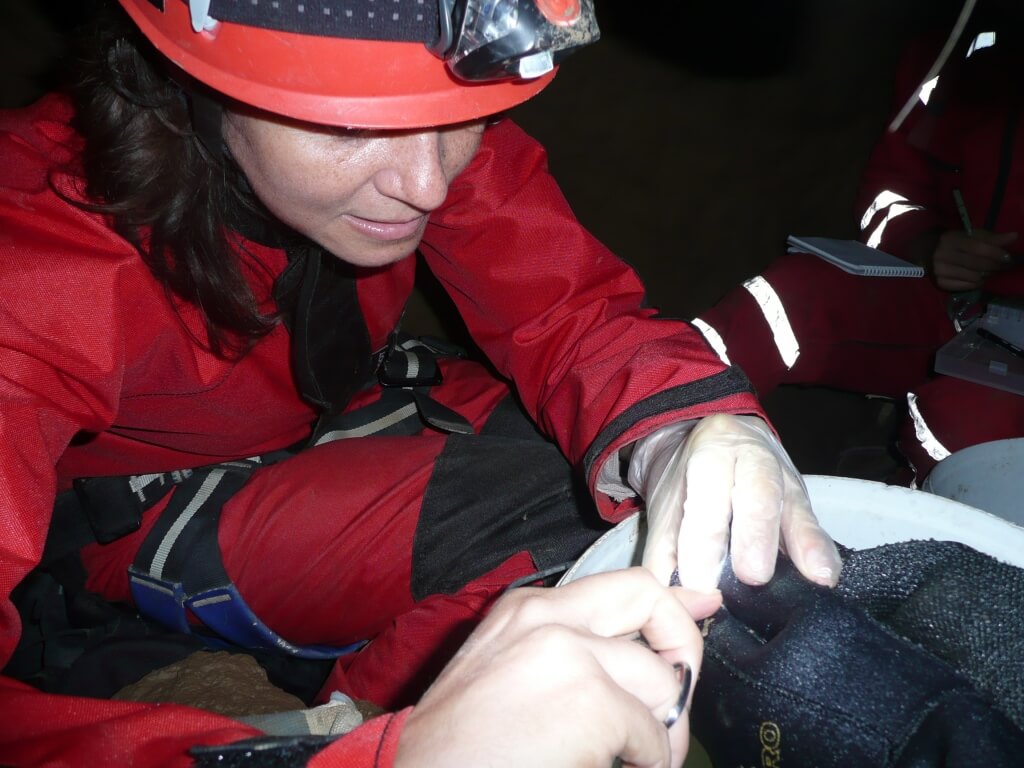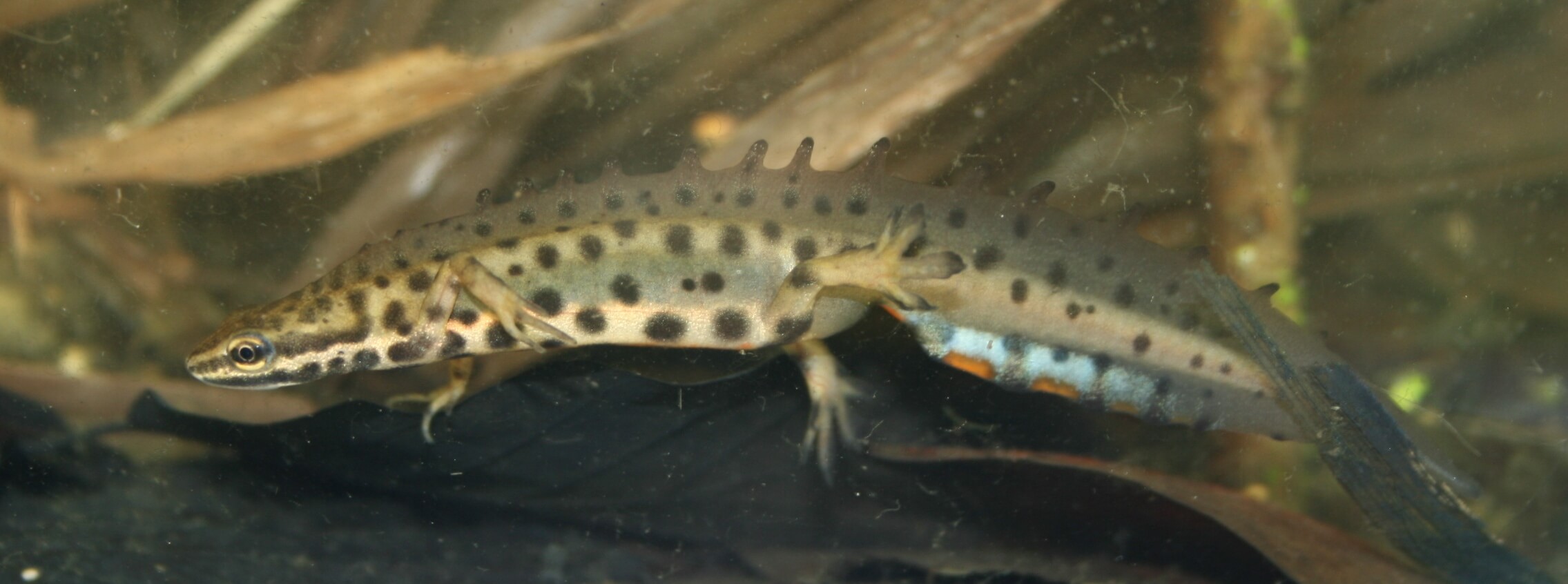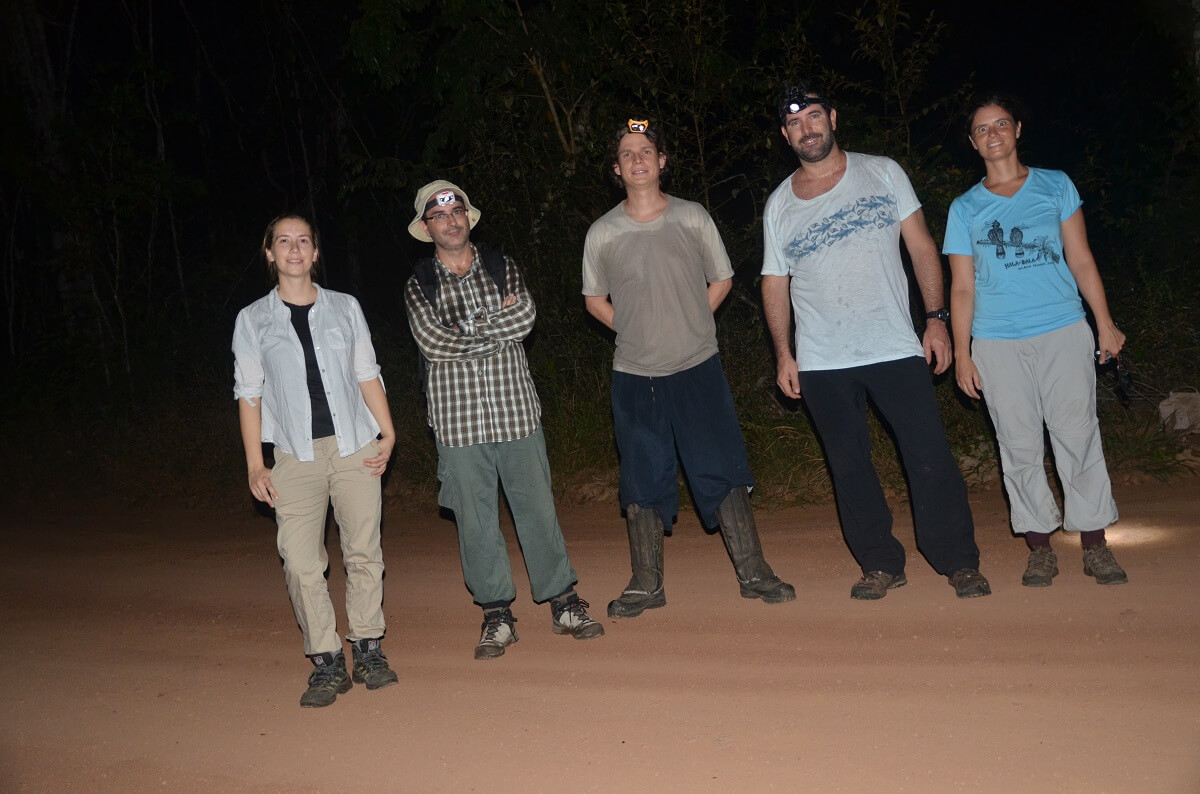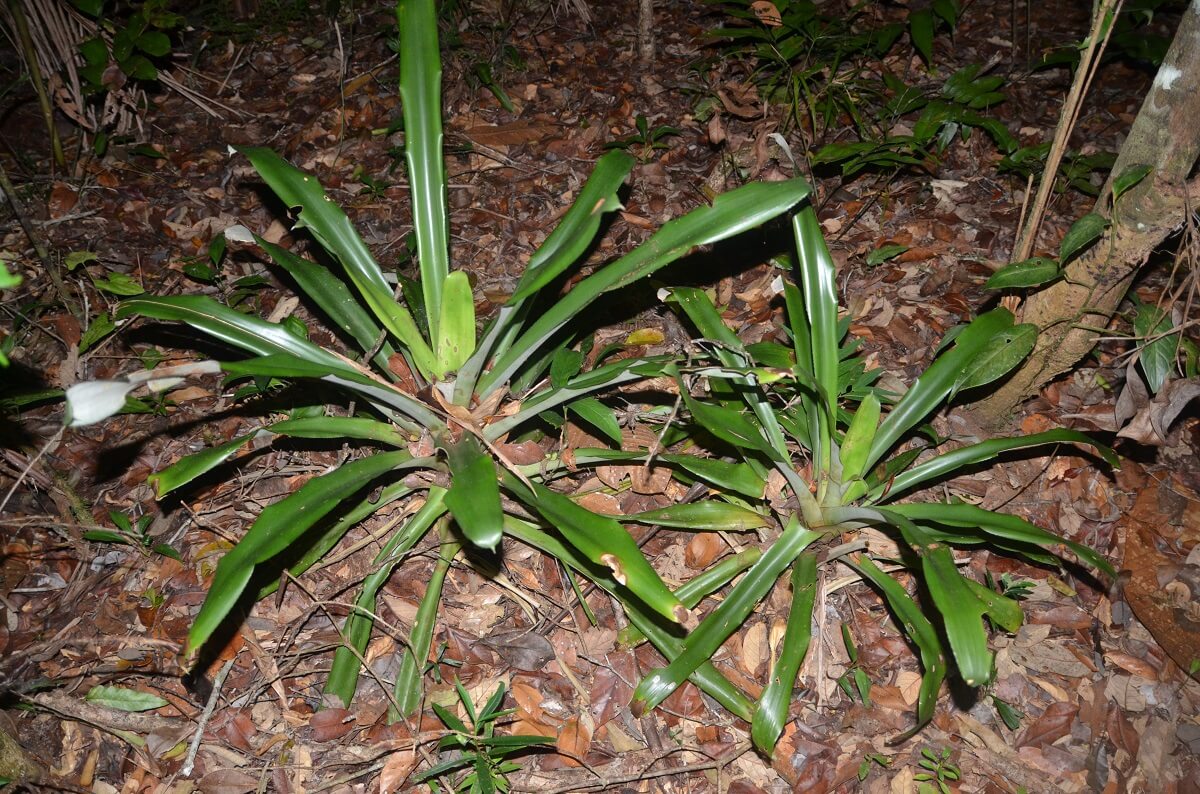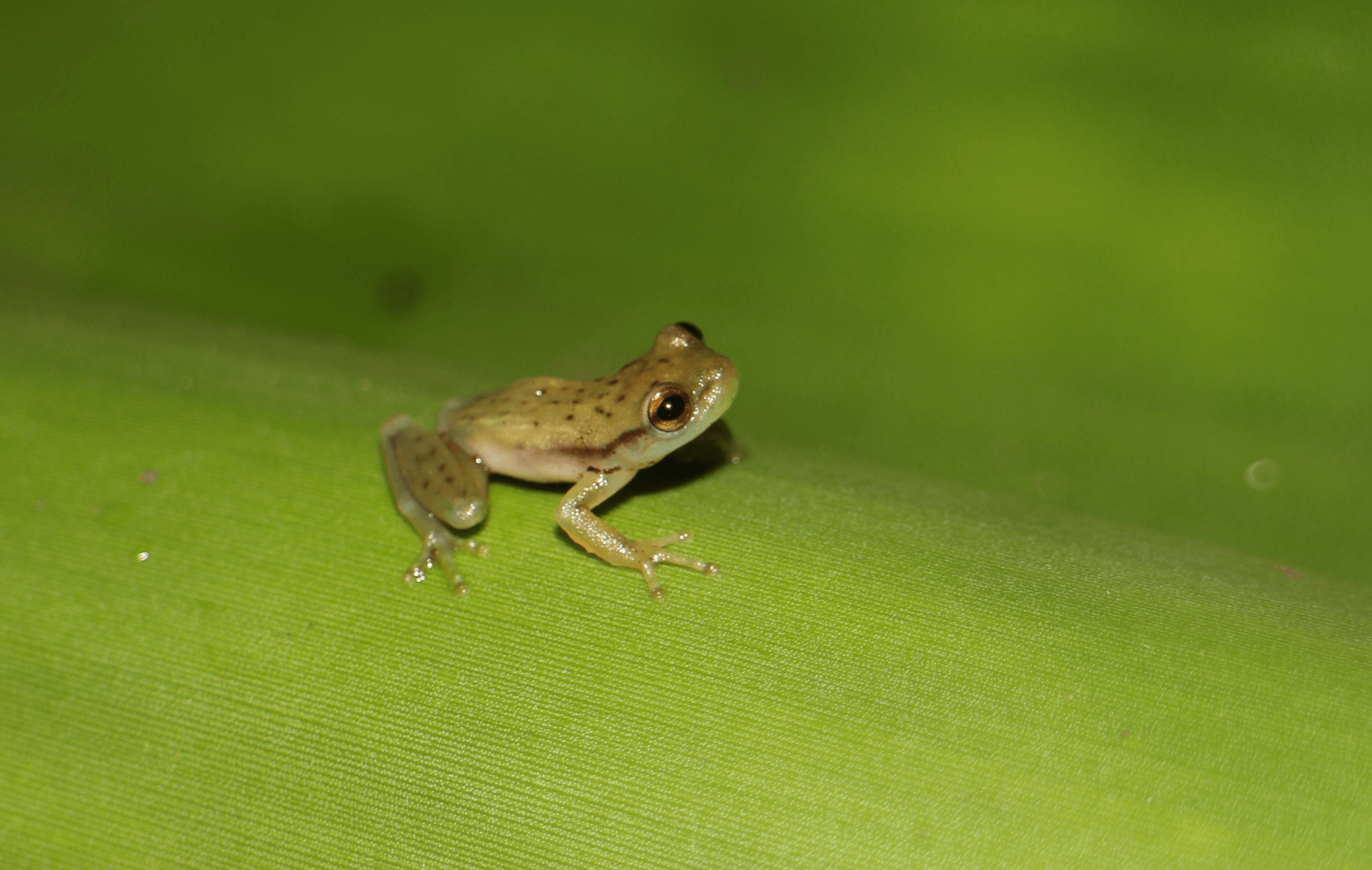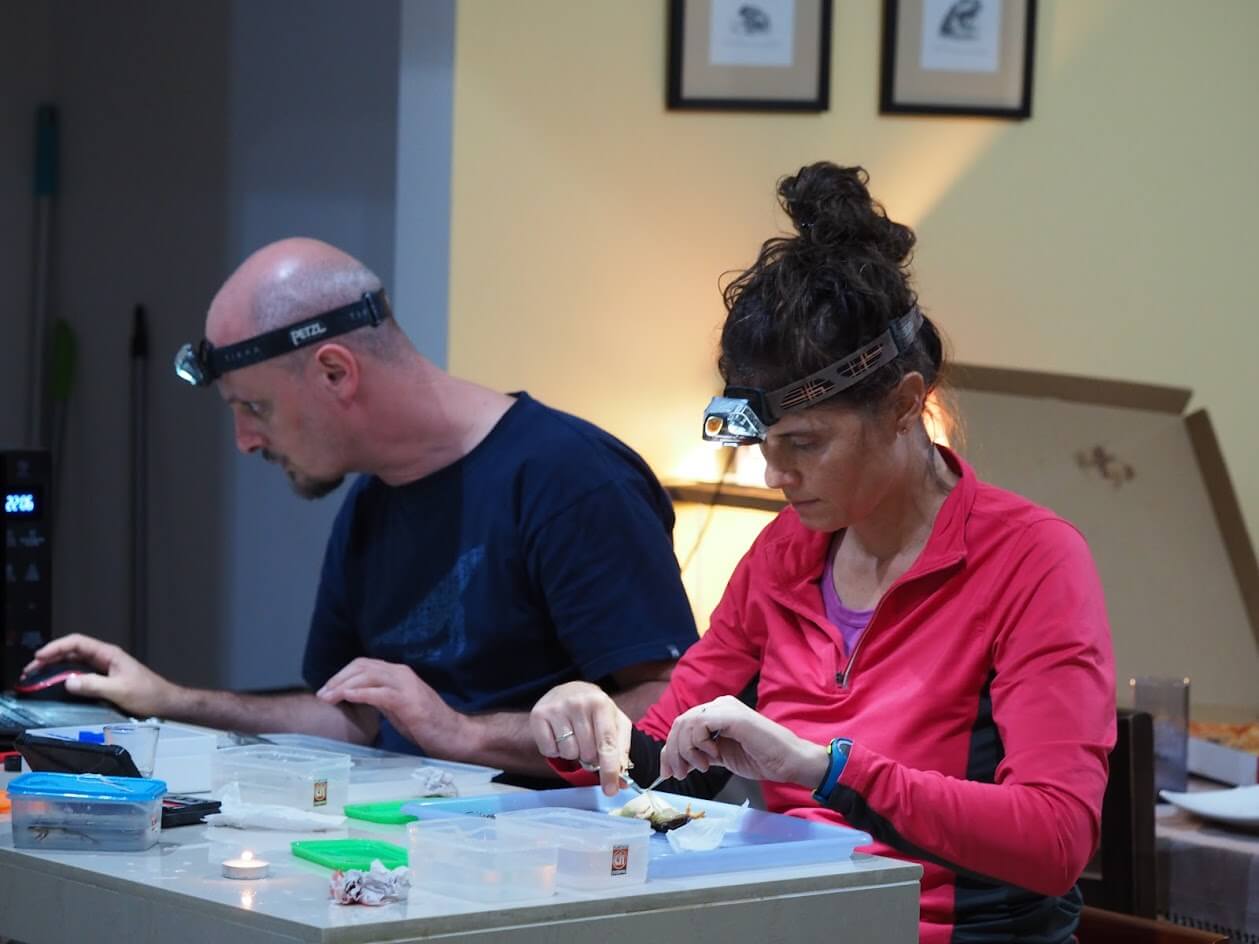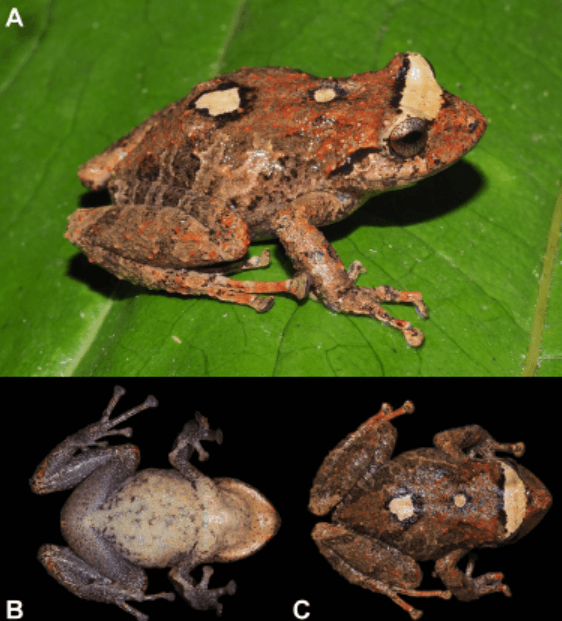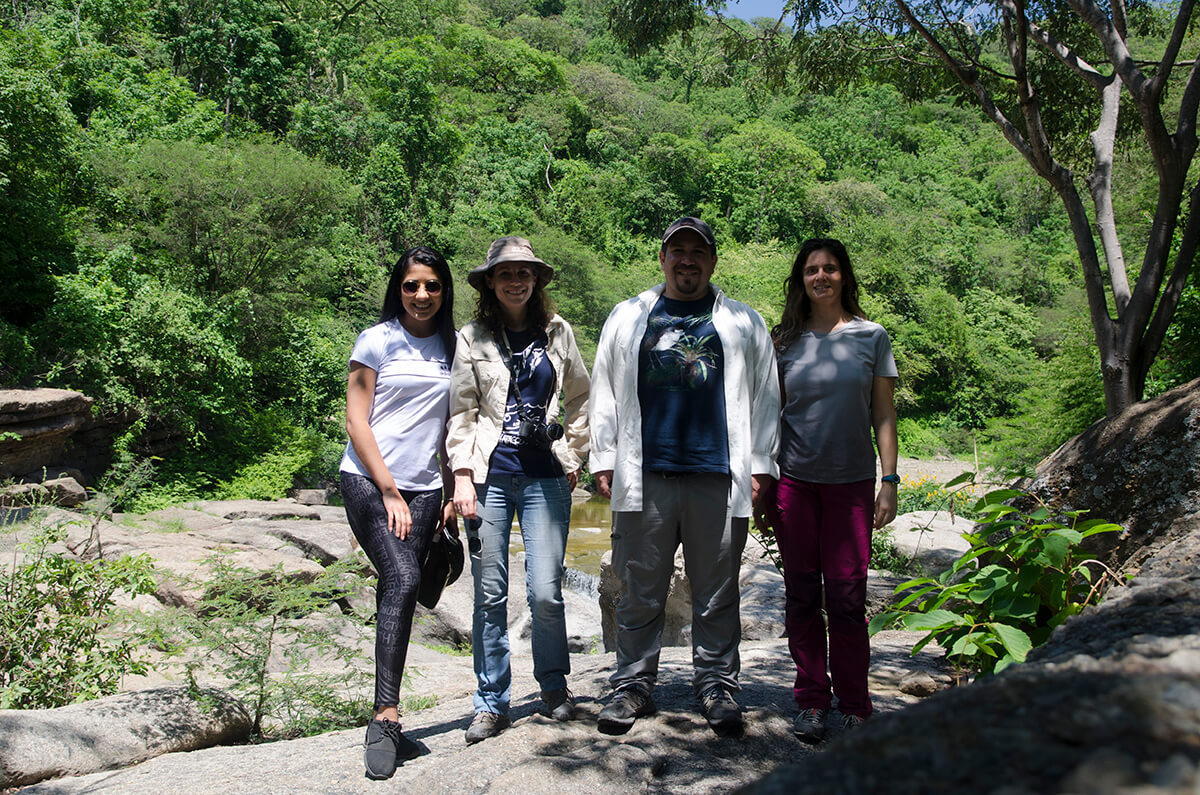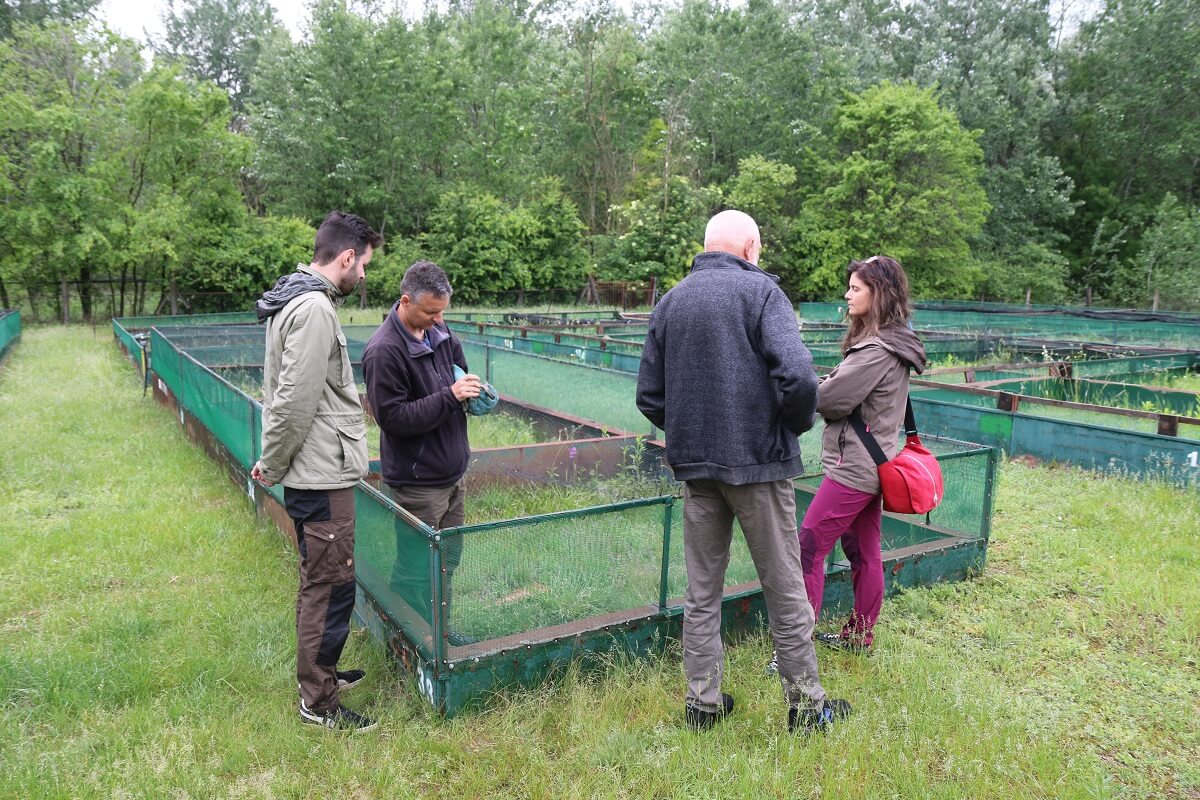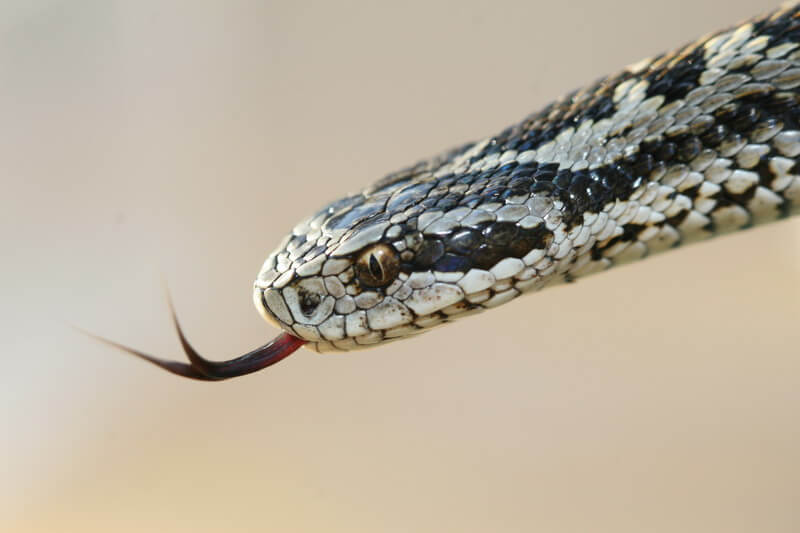Projects
I am involved in various projects on phylogeography, conservation genomics and taxonomy of salamanders, newts, toads, frogs and vipers.
Conservation genetics of the olm (Proteus anguinus) in Croatia and Herzegovina
The olm is one of the most peculiar vertebrate species of Europe. We joined the Proteus research in 2013 when in collaboration with Dusan Jelic from Hyla Croatian Herpetological Society we developed an eDNA-based detection method in order to help conservation in Croatia to locate the species. This was followed by developing 10 species-specific microsatellite markers to describe the genetic variability of Croatian olm populations. To join our experiences from the lab and the field, in collaboration with the researchers of the Eötvös Loránd University we developed a non-invasive in situ underwater DNA sampling method and estimated the genetic diversity of the olm in Herzegovina. At the moment, in collaboration with Prof. Chris Nice from Texas State University we look deeper into the genetic diversity of the Croatian and Herzegovinan populations using next generation sequencing.
Molecular taxonomy and phylogeography of the smooth newt (Lissotriton vulgaris) in Hungary
In this project we aim to investigate the distribution and genetic diversity of Lissotriton vulgaris in Hungary. To do that we sampled several populations across the country and in collaboration with Wieslaw Babik and his colleagues in Poland analyzed them using Molecular Inversion Probes (MIPs). Results will come soon.
Taxonomy of Phyllodytes frogs in southern Bahia (Brazil)
The Atlantic Rainforest is one of the regions with the highest biodiversity. In the last 500 years 88% of the forest have been lost, still, half of the amphibian fauna of Brazil can be found here. Species of the hylid frog genus Phyllodytes are endemic to the Atlantic Rainforest of eastern Brazil. They have a strong affinity to bromelids as environment for living. The genus is represented by 14 known species of which eight are known to be found in souther Bahia. One of the 14 species is Phyllodytes amadoi with the smallest body size within the genus, that we described in 2017 from the municipality of Una. In collaboration with Mirco Solé from Universidade Estadual de Santa Cruz, Bahia, Brazil we continue to discover Phyllodytes diversity in southern Bahia.
Integrative taxonomy of the frog family Strabomantidae in southern Ecuador
Strabomantidae is one of the most speciose Amphibian families with more than 600 knows species. Being direct developers, they occupy very divers habitats and are widely distributed in Central and South America. To date 235 species are known from Ecuador but many more species may be undescribed. In this project I am helping Paul Székely and Diana Székely from Universidad Tecnica Particular de Loja, Ecuador, using an integrative taxonomical approach (micromorphology, bioacoustics, multilocus sequencing) to discover cryptic diversity of Strabomantidae in southern Ecuador. The first result of our collaborative work is the description of Pristimantis lojanus from the city of Loja.
Conservation genetics of the Hungarian meadow viper (Vipera ursinii rakosiensis)
The Hungarian meadow viper is one of the most threatened snakes of Europe. It is known only from a few populations in Hungary and Romania (Transylvania) therefore knowledge on the genetic diversity is essential for conserving the species. The Laboratory of Molecular Taxonomy and the Hungarian meadow viper conservation project has a long-time collaboration on monitoring the genetic diversity of captive bred as well as free-living populations.


